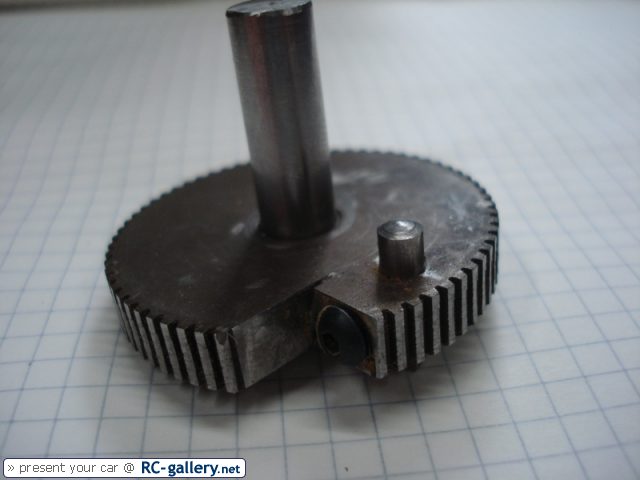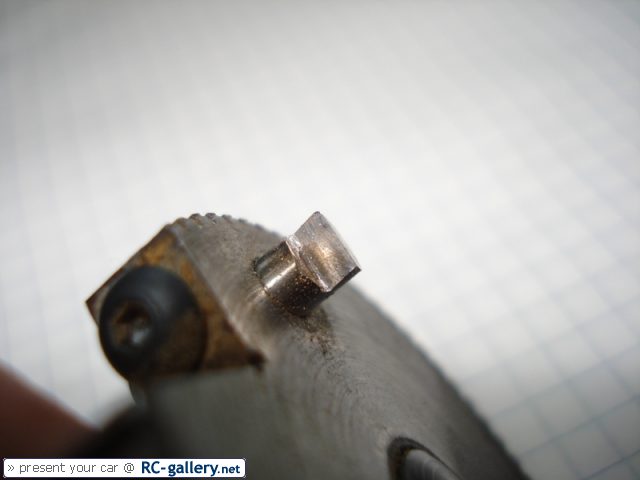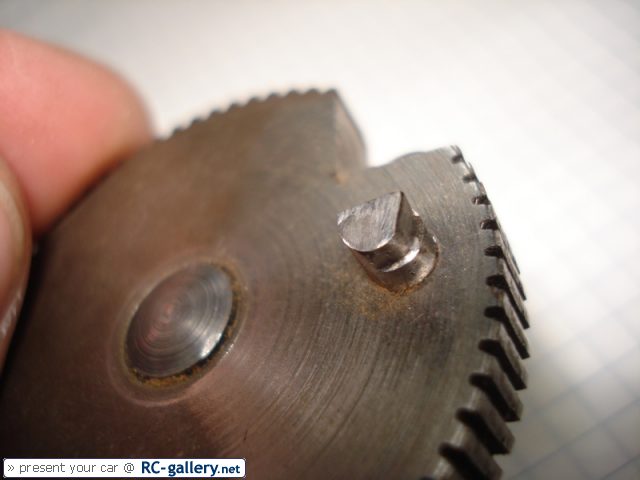Hi twmaster, bogs
I Also use a flycutter, selfmade, and it works really fine!
Has been made from an old gear-wheel (the teeth are turned down now, but i couldnt do it when i built this flycutter)
The cutting edge has a small radius (something like 0.2 or 0.3 mm) and in about describes a radius of 35 mm when rotating. The Actual cutting bit has been made from a hardened cylinder bolt.
Clearance angle to the face thats going to be milled flat is in about 5°, on the side in about 10°.
The cutting angle also has something like 5°.
And the most important clearance angle is the one of the cutting edge which is (almost) parallel to the surface that will be milled and points to the rotation center of the cutter!
That one should be between 1 and 3 °! If you dont have that one, there will be chatter marks because the cutting bit cuts on its full width! (And this requires a rigid machine)
I can get really good surfaces, in contrast to bogs, i am using quite a lots of rpm!
Depending on the material, i use in about 2000 turns per minute for brass,
2500 for aluminum and around 1000 for mild steel!
I rarely have to resharpen the cutting bit, thoug one could think it should be resparpened quite fast with such high rpm. The trick is that almost all the heat goes with the chips when fly cutting with high rpm.
So, i recommend to try what rpm you need for your flycutter! It may be a lot more than you thought!
When milling aluminum, i use some denatured alcohol and a good cutting oil for mild steel.
Brass is being milled dry.
Usually i put a cutting depth between 0.25 mm and 0.5 mm when milling brass. Same with aluminum and something around 0.1 mm for mild steel.
Then i feed the table very gentle until the first cut is being taken. Then i try how much it can take by steadily increasing the feed rate. If its too much, you will feel immediately, just reduce it or take a slighter cut and then complete the "step" with another cut.
Oh and the most important thing is to have a extremely sharp cutting bit!
After grinding the cutting & clearance angles, i use an oil stone to make the ground surfaces better and also make the slight radius on the cutting edge.
Good luck with yournext try..

Cheers Florian
Ps: If i take the last cut, i somethimes (only with brass or aluminum) rise the rpm again and only take a very slight cut (must be something like 0.05 mm or so). Then its in about 3000 rpm for both... (and never forget to cool when milling aluminum)







